The first "fresh air system" was born in the 1970s. It was not called the "fresh air system" but was called "ventilation fan".
The term “ventilating fan†is used to enrich the vests of multiple characters such as: ventilation fans, exhaust fans, induced draft fans, etc. The ventilation fans are mainly driven by the motor to rotate the air flow of the fan blades, so that the indoor and outdoor air exchange is a type of air conditioning appliance. The purpose of ventilation is to remove the dirty air in the room and regulate the temperature, humidity and sensory effects.
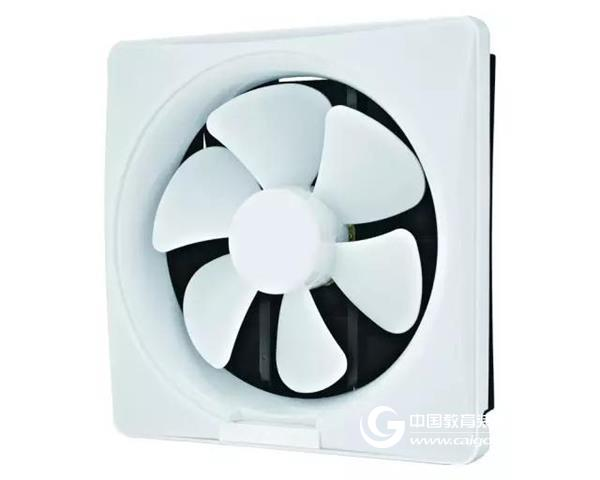
Ventilation methods of ventilation fans include discharge type, suction type, and combination type. The discharge type enters the air from the natural air inlet, and the dirty air is discharged through the ventilation fan; the suction type sucks fresh air through the ventilation fan and discharges the dirty air from the natural exhaust port; and the use type is that the suction and the exhaust are completed by the ventilation fan.
With the development of science and technology, ventilation fan function has been unable to meet the needs of consumers. The market needs urgently a whole solution with large air volume, low noise, and space ventilation. The ducted fresh air system replaces the ventilation and ventilation status of the ventilation fan and becomes an established fact.
The second generation of new air system ---- mechanical ventilation
In Scandinavia, Scandinavia, many countries that pay attention to quality and energy conservation, the Central Fresh Air System (VMC) has existed for 50 years.
In the 1970s, more than 90% of new homes in Spain were equipped with VMC systems.
In 1989, the American ASHRAE established the “Standard for Ventilation of Indoor Air Qualityâ€. In Germany, residential ventilation systems have been melted with buildings and become an indispensable component.
In 2000, the European Union unified residential ventilation standards.
On January 1, 2002, China's indoor air pollution control specification was born.
The occurrence of SARS, bird flu and tuberculosis has given the world high attention to indoor air quality.
In 2002, China promulgated the "Indoor Air Quality Standard", laying a policy foundation for the all-round and rapid development of the new air system in China, as well as its rapid and widespread adoption. CCTV survey data shows that 96.25% of indoor living room air pollution phenomenon, 89.56% of people hope that through some means to improve indoor air quality, the fresh air system has become the only choice.
The fresh air system is divided into two forms of two-way flow and one-way flow. The outdoor fresh air is purified and filtered and sent into the room to supplement the fresh air in the room. At the same time, the indoor dirty air is subjected to energy recovery and other treatment, discharged to the outside, to achieve 24 hours of ventilation of the living room, effectively filter 99.97% of harmful media in the air, improve the quality of the room air, and maintain the indoor air of the numerical value of fresh freshness. Avoid secondary pollution such as dust, noise and automobile exhaust caused by window opening.

At present, there are a wide variety of brands of fresh air systems on the market, but there is still a certain gap from the real needs of consumers.
1. At present, all the fresh air systems in the market are merely solutions for the purification and exchange of outdoor and indoor air. When there is no need for fresh air or when the indoor pollution is relatively large, it is not possible to solve the indoor purification alone. The constant use of fresh air is neither energy-efficient nor a serious waste of consumables, which greatly increases the cost of use.
2. Basically, high-voltage electrostatic dust collection technology is used. In the dirty condition, ozone is released in a large amount, which is harmful to health.
With the advent of the intelligent home era, energy conservation and humanized needs will become mainstream, and the industrial revolution of the new wind system is imminent.
The third generation of new air system---Intelligent air system
In 1984, when U.S. United Technologies Corporation applied the concept of building equipment informationization and integration to the CityPlace Building in Hartford, Connecticut, the first “smart building†appeared and it uncovered The world is racing to build a prelude to smart homes.
Since the birth of the first ventilation fan in 1974, the fresh air system industry has gone through nearly 40 years of development in China. The new air system industry has taken nearly 30 years to complete, from the first generation of ventilation fans to the second generation of mechanical ventilation systems. Industrial upgrading. With the advent of the intelligent home era, the third industrial revolution of the fresh air system has begun.

The third generation of smart new air system has come out in a more humanized new look. The Air Point Environmental Research Institute has focused on the current status of China's air and is specializing in the development of a new air purification machine. It is in a leading position in the industry with absolute advantages in technological innovation. The unique internal and external double-cycle design has changed the single operation mode of the traditional fresh air system, effectively solving the problem of energy waste. The combination of unidirectional flow and bidirectional flow technology is a revolutionary innovation, which can be arbitrarily adjusted according to the use environment to ensure that the problem of carbon dioxide and formaldehyde is solved for many times.

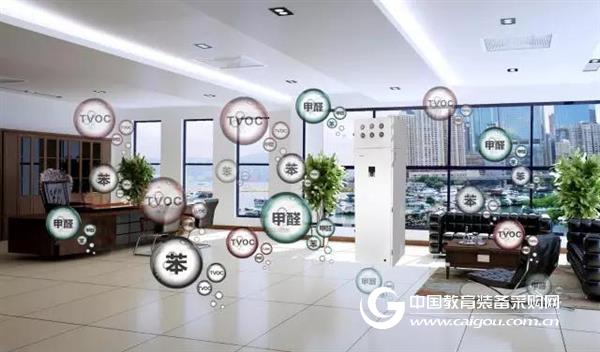
Increase primary efficiency filtration efficiency, effectively prolong the life of medium-efficiency HEPA and medical-grade H13 high-efficiency filters, and eliminate secondary pollution such as ozone generation during the entire purification process.
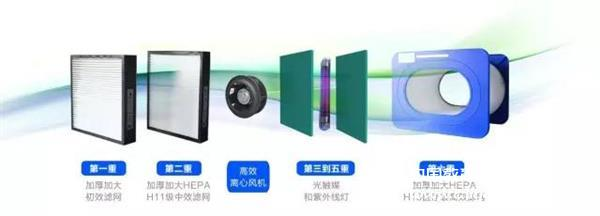
There are four major air quality detection functions: CO2, PM2.5, temperature, humidity, and digital display. Mobile phone remote control and remote monitoring function.
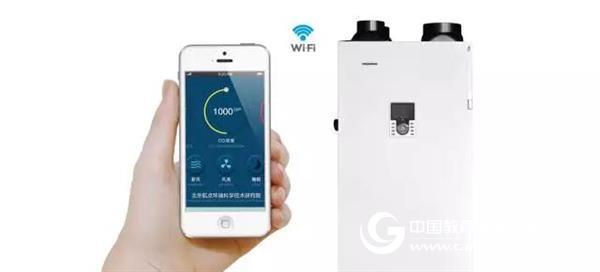
A variety of installation methods are applicable to various places: floor-to-floor installation, wall-mounted installation, ceiling installation, and installation of pipelines to supply special space.

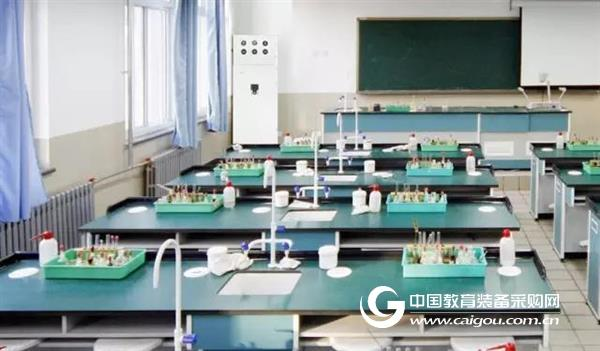
Professional classroom

Ordinary classroom
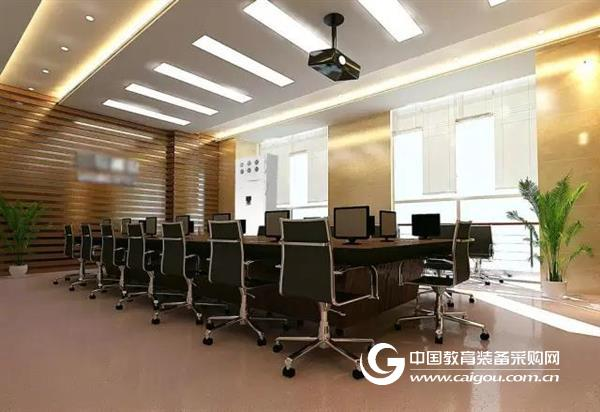
meeting room
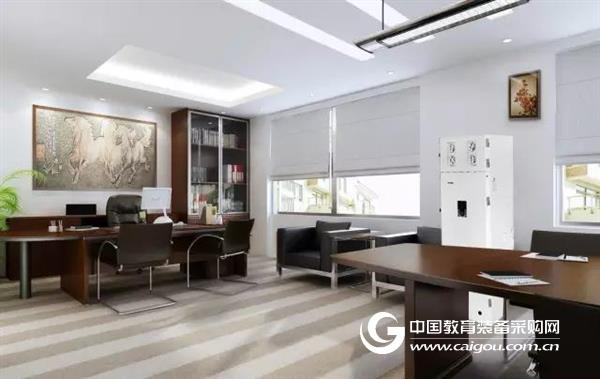
office
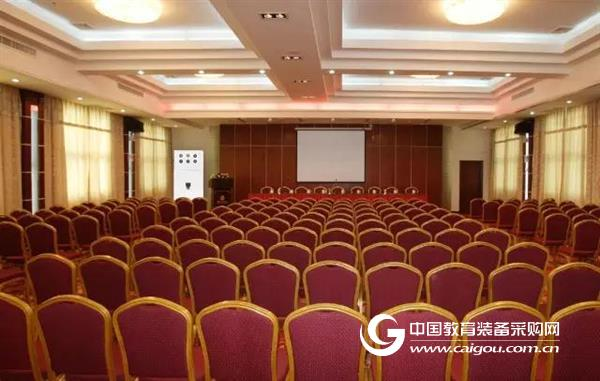
hall
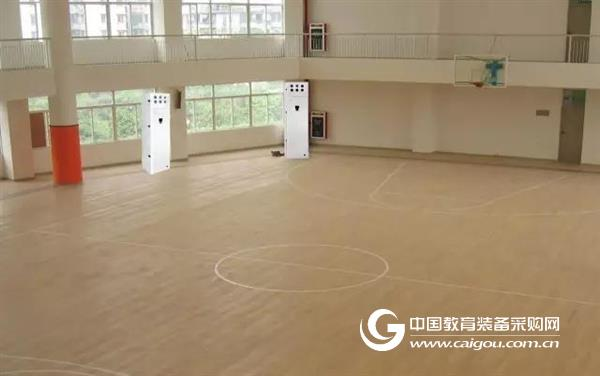
stadium
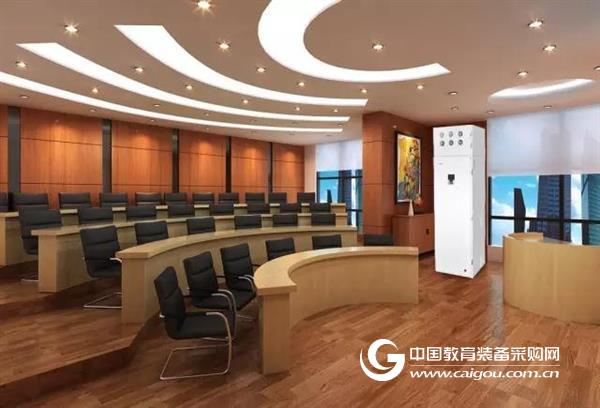
Function Room
Temporary Hair Dye Use to enhance tones, refresh existing color, or play with fashion shades. Nourishing color is designed to fade out gradually over time.
Temporary Hair Color Gel Wax
DELIN HAIR COSMETICS , https://www.hairstylingwaxfactory.com